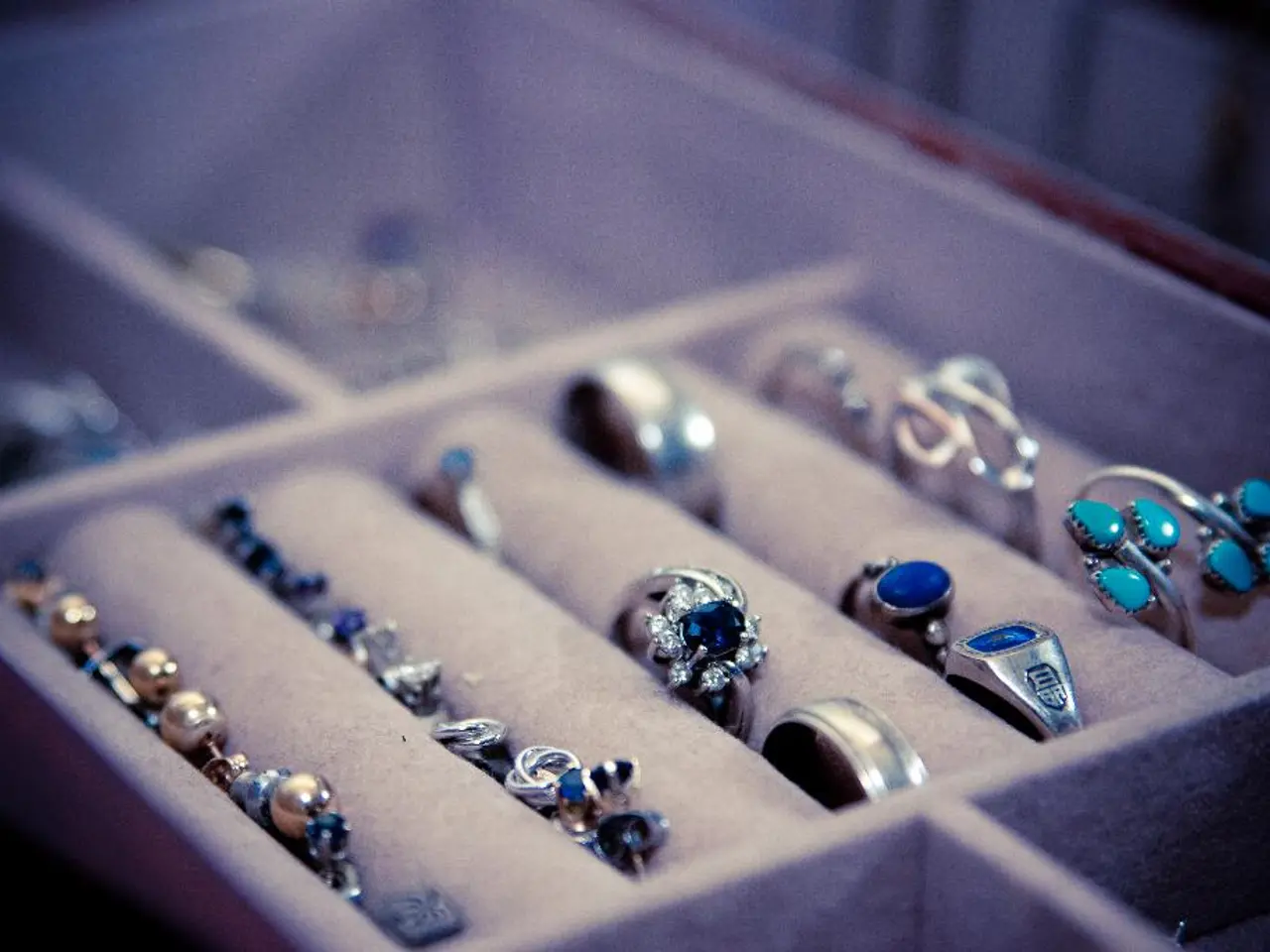Astounding accuracy and meticulous craftsmanship in the cosmos.
At the heart of Yekaterinburg, Russia, lies the esteemed jewelry house CHAMOVSKIKH. Known for its exquisite pieces and commitment to craftsmanship, the enterprise combines traditional techniques with modern technology to create stunning, high-quality jewelry.
The Design Process
The journey begins in the artistic design studio, home to seven designers with specialized education in jewelry design. Inspiration and brand aesthetics guide the initial design, ensuring each piece aligns with CHAMOVSKIKH’s signature style. Sketches or digital representations are created, focusing on both visual appeal and functional aspects such as comfort, durability, and wearability.
3D Modeling and Printing
Once the preliminary sketches are complete, expert jewelers and CAD specialists transform the concept into a precise 3D digital model. Using advanced CAD software, they create a detailed 3D image of the jewelry, collaborating with designers and 3D experts to anticipate technical nuances. This model allows for visualization from all angles, and adjustments can be made easily to optimize design details before production. The finalized 3D model is then used to produce a physical prototype, often through 3D printing technology.
Casting and Assembly
The printed prototype serves as a master pattern for molding, ensuring accuracy and fine details. A lost-wax casting process is typically used, with the mold being heated to melt away the wax, leaving a cavity in the shape of the jewelry piece. Molten metal is then poured or injected into the mold to form the base jewelry piece. After cooling, the mold material is broken away to reveal the rough-cast piece.
The rough casting undergoes multiple finishing stages, including cleaning, polishing, setting gemstones, and additional hand engraving or texturing as required by the design. Assembly involves fitting together components if the piece comprises multiple parts.
Quality Control
Each piece is rigorously inspected for structural integrity, craftsmanship quality, and aesthetic fidelity. Quality control checks include verifying metal purity, gemstone security, symmetry, and finishing details. Pieces undergo final polishing and cleaning before being prepared for sale or bespoke delivery.
Gemologists' Role
Three gemologists work at CHAMOVSKIKH, with one specializing in colored precious stones and semi-precious gems, and two in diamonds. Their work is crucial, with responsibility for selecting stones for earrings.
The Largest Production Area in the Region
As one of the largest jewelry enterprises in the region, CHAMOVSKIKH boasts a production area of over a thousand square meters. More than 150 specialists work at CHAMOVSKIKH, using modern equipment like three- and four-axis milling machines and 3D printers that use photopolymers. The company uses precious stones of the first order, such as rubies, sapphires, and diamonds, as well as semi-precious stones of the Luxe class and rare stones like paraiba. CHAMOVSKIKH only works with natural, genuine stones.
In summary, CHAMOVSKIKH's unique production process combines creative design, detailed 3D modeling, precise 3D printing, traditional lost-wax casting, artisanal assembly, and stringent quality control to produce high-quality, artistically refined jewelry pieces. This fusion of modern technology with craftsmanship is key to their distinctive approach.
The precise 3D digital model, created by expert jewelers and CAD specialists, is a vital step in the design process, transformed from the preliminary sketches and guiding the transition into a physical prototype often through 3D printing technology.
With more than 150 specialists working at CHAMOVSKIKH, they employ modern equipment including three- and four-axis milling machines and 3D printers that use photopolymers, showcasing their commitment to integrating technology with traditional craftsmanship in their jewelry production.




